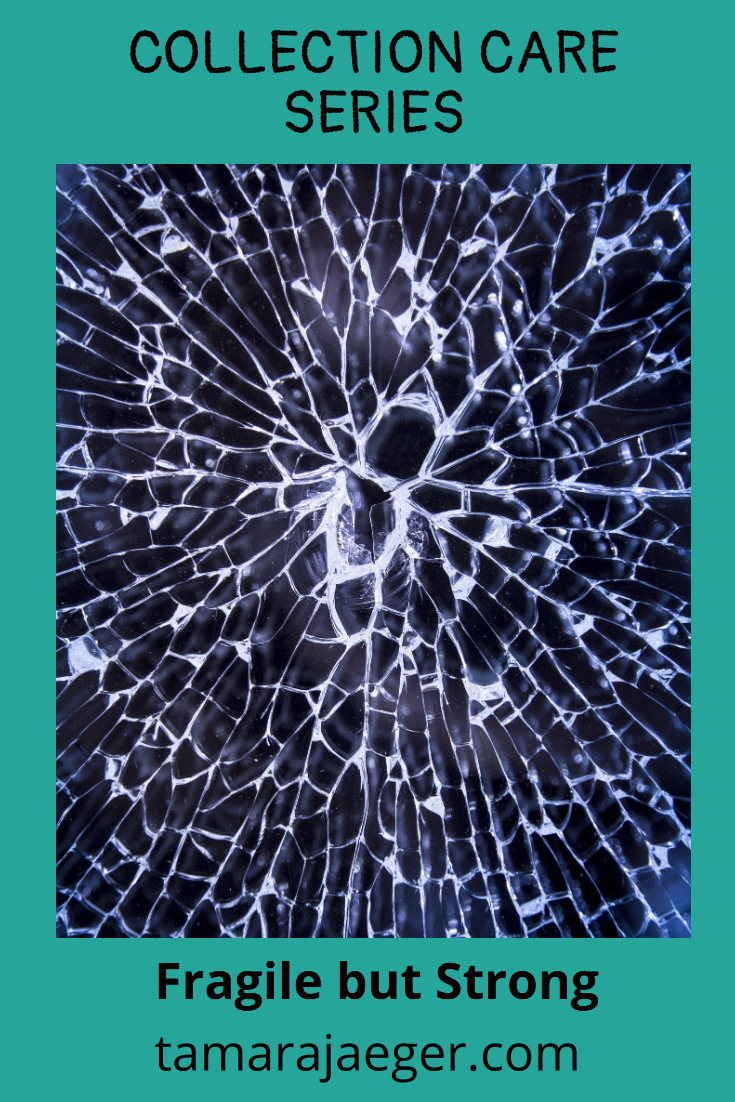Posts Tagged: ceramic


Throw Back Thursday: “Sailing the Stormy Seas of Dream” Ceramic Sculpture
I had a dream back when I was in college. It was one of those strange, somewhat creepy dreams that you can’t really make any sense afterward. But there was this one image that stayed with me, of a strange puffer fish. I really didn’t remember anything else about the dream. Just the fish and the creepy feeling.
So, like a good artist, I promptly took that image and worked it into my artwork! In this case, It took the form of a ceramic sculpture titled “Sailing the Stormy Seas of Dream.”

I used many tiny pieces of clay to form the spines and other details—that was a common construction method for my hand built ceramic pieces. I typically used and additive process where I worked with very wet clay and used numerous tiny pieces to build up the overall sculpture. It’s actually very similar to the way I make my torn paper collages, but more three-dimensional.
In ceramics, I took all the rules and threw them out the window. Leather hard clay? Slip and score? Nah! I worked with wet, sloppy clay and just worked the pieces together really well. Structural support was always a bit of a challenge, since the clay was so wet. I used a lot of crumpled newspaper inside the pieces for support, but even that had its challenges. If the paper gets too wet, it can’t support the weight of the wet clay.

The ‘rules’ also say you need air holes inside hollow or thick pieces. That’s another rule I learned to disregard. However, thorough drying of the piece prior to firing is critical. My bisque firings were long and slow, to make sure all the water was driven off before increasing the temperature above 200 °F. And you know what? I never had a piece explode!
So don’t be afraid to push the limits of your medium. By all means, first learn the rules. And then see what happens when you break them. It may not work. Sometimes you’ll fail spectacularly. But you will always learn something from the attempt.
Are there any art ‘rules’ you’ve broken? What was the result? What ‘rules’ do you find hinder your creative expression the most?




